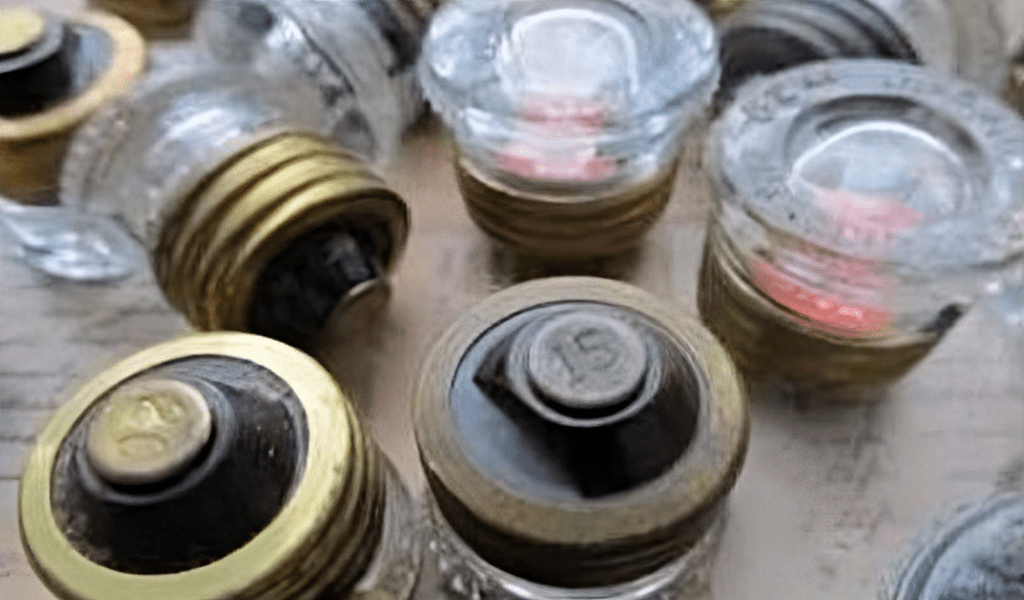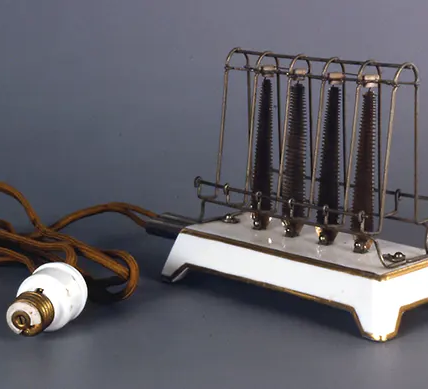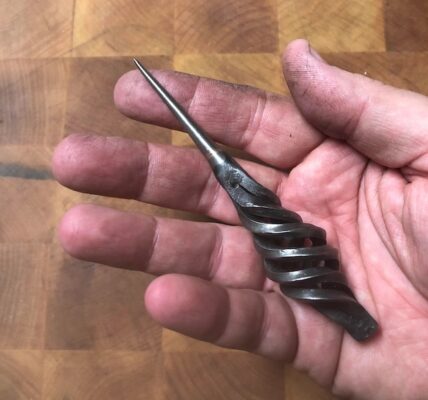Fuses are essential components in electrical engineering and electronics, ensuring systems operate safely and reliably. While small and seemingly simple, their role in preventing electrical disasters is monumental. Acting as the first line of defense against overcurrents and short circuits, fuses are lifelines that safeguard everything from household appliances to complex industrial systems.
What Is a Fuse and How Does It Work?
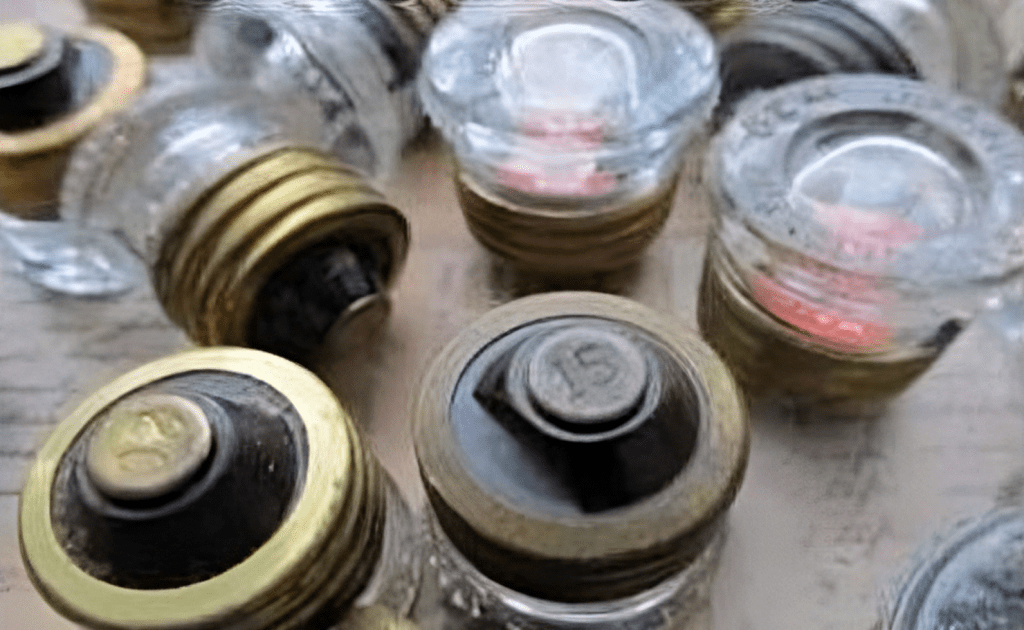
At its core, a fuse is an electrical safety device designed to protect circuits by interrupting the flow of current when it exceeds a safe threshold. The fuse achieves this by “sacrificing” itself—its internal element melts, breaking the circuit and preventing further damage.
Key Purposes of a Fuse
- Overcurrent Protection: Stops excessive current that could lead to overheating or fires.
- Short Circuit Mitigation: Prevents dangerous surges caused by live wires coming into contact with grounded components.
- Equipment Safety: Shields sensitive electronics from power surges or malfunctions.
When a fuse operates, it creates an open circuit, halting electricity flow and ensuring faults don’t propagate further. This mechanism protects both the equipment and the people using it.
A Brief History of Fuses
The concept of fuses dates back to the mid-19th century, coinciding with the development of electrical systems. The innovation of sacrificial elements to safeguard circuits has evolved significantly over time.
Milestones in Fuse Development
- Early Innovations (1860s): Wires or foil elements protected telegraph cables and lighting systems from lightning strikes.
- Thomas Edison’s Patent (1890): Edison patented the modern fuse as part of his electric distribution system, laying the foundation for contemporary electrical safety.
These early designs have since transformed into specialized devices tailored for diverse applications, from homes to industries.
How Are Fuses Constructed?
Though simple in appearance, a fuse’s construction is deliberate and precise, ensuring it performs its protective role effectively.
Key Components of a Fuse
- Fuse Element:
- Typically made of zinc, copper, silver, or aluminum, chosen for their predictable melting points.
- Designed to carry its rated current indefinitely but melt quickly under excessive current.
- Protective Housing:
- Made from non-combustible materials like ceramic, glass, or plastic to contain arcs or sparks.
- Supporting Structure:
- Larger fuses may include steel or nichrome wires for added support.
- Some designs incorporate silica sand to quench arcs or springs for rapid disconnection.
Different Types of Fuses for Diverse Applications
Not all fuses are created equal. Their designs cater to specific needs, ensuring optimal protection in various environments.
1. Fast-Blow Fuses
- Purpose: Respond instantly to overcurrents.
- Applications: Used in sensitive electronics like semiconductors and precision instruments.
2. Slow-Blow (Time-Delay) Fuses
- Purpose: Withstand brief surges, such as the inrush current of motors.
- Applications: Common in refrigerators, HVAC systems, and lighting circuits.
3. Dual-Element Fuses
- Purpose: Combine fast-acting short-circuit protection with a time-delay feature for overloads.
- Applications: Found in industrial and heavy-duty equipment.
4. Cartridge and Blade Fuses
- Purpose: Compact and durable, ideal for automotive and industrial use.
- Applications: Widely used in vehicles, control panels, and heavy machinery.
5. Resettable Fuses (Polyfuses)
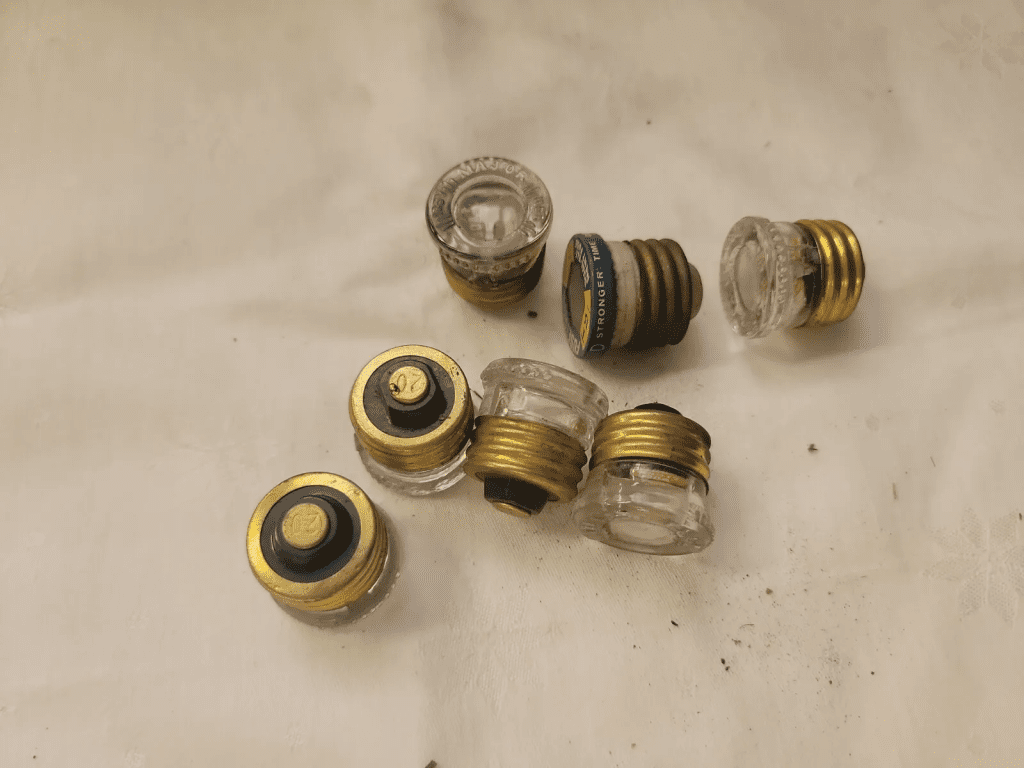
- Purpose: Automatically reset after the fault is cleared, eliminating the need for replacement.
- Applications: Low-voltage devices like laptops and smartphones.
Understanding Fuse Characteristics
Fuses aren’t one-size-fits-all; their performance depends on specific characteristics tailored to the application.
Time vs. Current Behavior
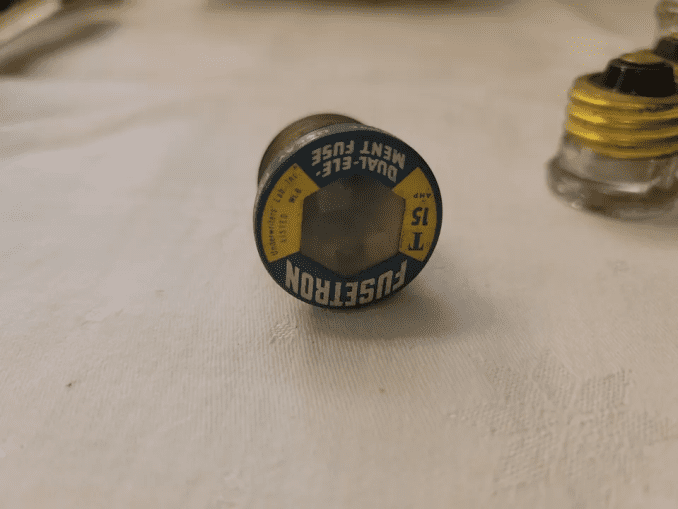
- Fast-Blow Fuses: React almost instantly to current spikes.
- Slow-Blow Fuses: Delay operation to accommodate temporary surges.
Breaking Capacity
The maximum current a fuse can interrupt without causing circuit damage. High-capacity fuses are crucial in industrial settings with significant fault currents.
Voltage Rating
A fuse must match the system’s voltage requirements. Exceeding this rating can lead to arcing and compromise safety.
Fuses vs. Circuit Breakers: Key Differences
Both fuses and circuit breakers prevent overcurrents, but they operate differently and serve distinct purposes.
Advantages of Fuses
- Simple, cost-effective design.
- Faster response to overcurrent conditions.
Advantages of Circuit Breakers
- Can be reset after tripping, unlike fuses that require replacement.
- Suitable for applications needing frequent switching.
While fuses excel in applications requiring quick, one-time protection, circuit breakers offer reusability and flexibility.
The Role of Fuses in Modern Electrical Systems
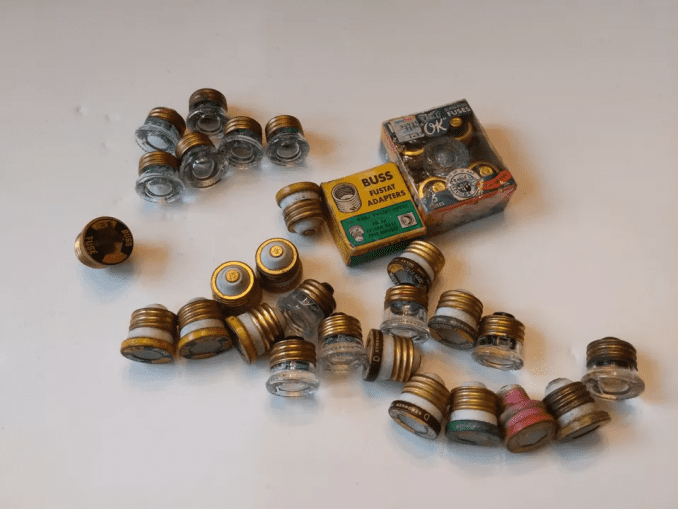
Fuses remain indispensable in protecting systems across various domains.
1. Household Applications
- Safeguard electrical panels, power strips, and small appliances.
- Prevent wiring faults from escalating into fires or equipment damage.
2. Automotive Use
- Blade fuses protect circuits for headlights, air conditioning, and other vehicle systems.
3. Industrial Systems
- High-capacity fuses ensure safety in factories and power plants by minimizing equipment downtime and worker risk.
Conclusion: Fuses, the Unsung Heroes of Electrical Safety
Fuses may be small, but their impact on electrical safety is immeasurable. By silently sacrificing themselves in the face of danger, they protect lives, property, and technology. From household circuits to industrial machinery, these unassuming devices are the first responders in preventing electrical disasters.
As technology evolves, so do fuses—adapting to meet the demands of increasingly complex systems. The next time you see a fuse, remember: it’s more than just a piece of metal. It’s a vigilant guardian, standing by to protect you and your world from harm. Let’s appreciate these silent heroes for the invaluable safety they provide, quietly doing their job until the moment they’re needed most.
